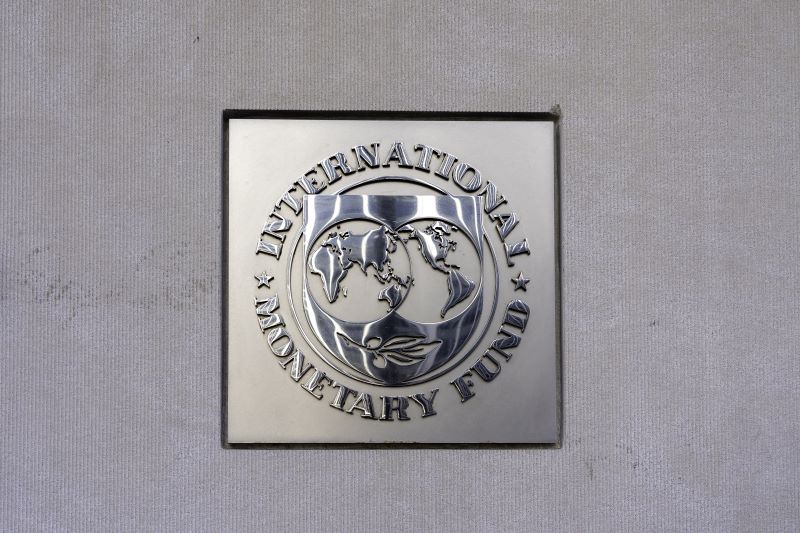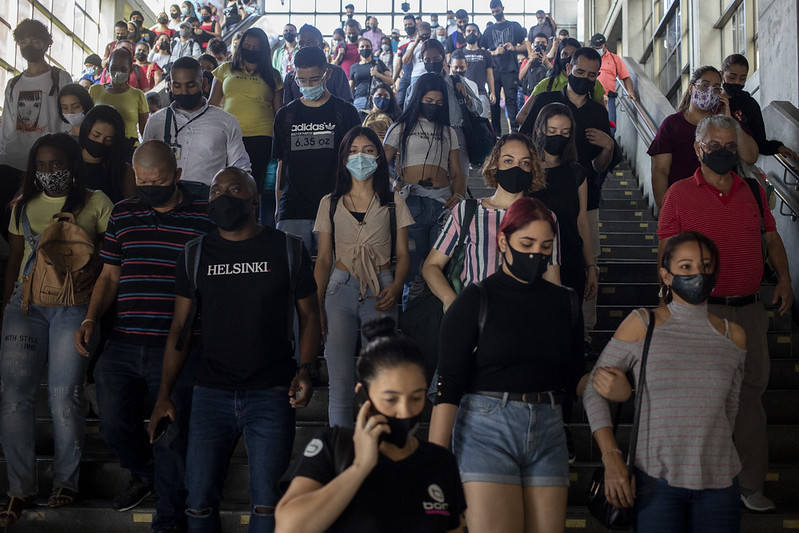Recommended

CGD NOTES
I don’t want to belong to any club that will accept me as a member
– Groucho Marx
Last week, the central bank of Chile became the 9th member of the Latin American Reserve Fund (known by its Spanish acronym, FLAR), Latin America’s regional lender of last resort. This is great news for the pursuit of financial and economic stability in the region. Here is why.
Background
As with other emerging markets regions, Latin America’s economic prospects are highly vulnerable to the volatility of international capital markets. Unable to issue hard currencies such as the US dollar, the Euro, and the Japanese Yen, which are internationally tradable and maintain their liquidity even in bad times, countries in the region have been forced to accumulate a large stock of international reserves. This process started in the late 1990s, following a succession of financial crises with catastrophic consequences for economic growth. By the end of 2021, Latin America had accumulated around $900 billion in reserves —more than doubling its holdings before the global financial crisis— despite the adverse effects COVID-19 had on exports at the start of the pandemic.
But holding large stocks of reserves is costly, since these resources cannot not be used for productive investments. It is much better partially to rely on externally-provided liquidity, such as that available from the International Monetary Fund through its different lending mechanisms and precautionary credit lines. Today, Colombia, Chile, Mexico and Peru are using the Fund´s Flexible Credit Line (FCL). But this is not enough, because continuous access to the FCL and other facilities is not guaranteed by the Fund, and not all countries in the region qualify to use these lines. This is why a regional financial arrangement such as FLAR, which can pool resources from member countries, can be a crucial complement to the liquidity provided at the global level.
Regional liquidity providers outside Latin America grew significantly in the aftermath of the Global Financial Crisis and today include the largest countries in each region. In Asia, the Chiang Mai Initiative comprises the 10 member states of ASEAN plus China, Japan and South Korea. And in Europe, the European Stability Mechanism (ESM) includes all members in the Eurozone. This is not the case in Latin America, where FLAR’s membership remains limited and large countries such as Brazil and Mexico are yet to become members.
Why the region needs a larger FLAR
In 2019, FLAR convened a working group to consider how the institution could strengthen its role within Latin America’s financial safety net. We had the honor of being part of this group, together with distinguished colleagues Vitorio Corbo, Augusto de la Torre, Enrique García, Pablo Guidotti, Carlos Geraldo Langoni, Eduardo Levy-Yeyati, Guillermo Ortiz and the late Guillermo Perry, who coordinated this effort.
The working group concluded that the region urgently needs a much larger FLAR
The working group concluded that the region urgently needs a much larger FLAR. When the report was written in 2019, external and domestic risks to Latin America financial stability were mounting. But little did we know then that COVID-19 would magnify those risks in unprecedent ways.
At the beginning of 2022, growth projections for the region are dismal, capital markets volatility has increased significantly, and the anticipated hike in interest rates by the Fed has rekindled fears of capital flows reversals at a time when the region’s external debt ratios are the highest in the last four decades. A lengthy period of tight global liquidity may have dire consequences for the region. In this context, a strengthened FLAR with an increased membership could enhance access to external liquidity and promote financial stability, especially among the small and medium-size countries of the region.
There are at least two key advantages from a larger and more vigorous FLAR:
-
Capital contributions to FLAR can be significantly leveraged. In the case of loans for balance of payments support, current members can access up to 2.5 the value of their contributions (2.6 for Bolivia and Ecuador). Leverage could increase further if the pool of members were larger and more diversified since, most likely, not all members would need financial support at the same time.
-
FLAR’s knowledge of the specific social, economic, and institutional characteristics of individual countries allows it to respond quickly to changes in market sentiment. Therefore, FLAR could provide a financial bridge to countries negotiating programs with the IMF.
Capitalizing and further enlarging FLAR is in the interest of all Latin American countries
Capitalizing and further enlarging FLAR is in the interest of all Latin American countries. By preventing crises, a strengthened FLAR would generate important positive externalities on trade and migration flows. History shows that when a country suffers a deep economic and financial crisis, sharp reductions in imports from trading partners and abrupt migration toward neighboring countries often occur.
Large countries in the region and those with stronger macroeconomic fundamentals would also benefit from the increased stability. Indeed, positive spillovers a key reason behind ongoing support by China, Japan, and South Korea’s for the Chiang Mai initiative, and behind Germany’s support for the ESM.
The current internal structure of FLAR is able to manage an increased membership and capitalization effectively. FLAR has a strong record, with a credit rating of its debt instruments above those awarded to all member and non-member countries in the region. FLAR also enjoys strong technical capacities in the management of portfolio investments and has been providing asset management services to several central banks, public enterprises, and funds in the region. And central banks of both member and non-member countries deposit part of their reserves in FLAR. As FLAR’s membership and capital increase, the institution’s strengths would justify increasing the scope of its mandate, including the development of new instruments for liquidity provision and of its capabilities for monitoring members’ economies and the evolution of international capital markets.
Conclusion
Chile’s recent decision to join FLAR is a smart one. As stated in its official announcement, the central bank of Chile thinks it is essential to strengthen its access to external liquidity as the country prepares to exit the IMF FLC, whose two-year term expires next May. Chile’s capital contribution to FLAR will expand the institution’s lending capacity benefiting all member countries. Most importantly, the entrance of a member with ample financial credibility can only enhance the quality of the institution. We strongly encourage those Latin American countries that are not yet members of FLAR to join this increasingly prestigious club.
Disclaimer
CGD blog posts reflect the views of the authors, drawing on prior research and experience in their areas of expertise. CGD is a nonpartisan, independent organization and does not take institutional positions.
Image credit for social media/web: Adobe Stock






